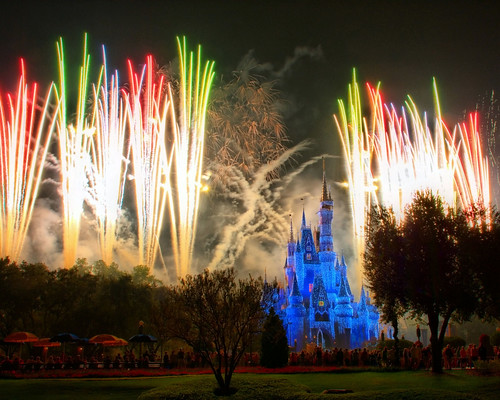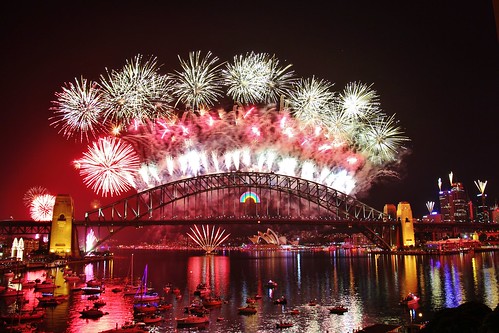Mobile Phone Photography specifically iPhone Photography(iPhoneography) has advanced rapidly in a few short years. The iPhone is good enough to replace a point-and-shoot camera commonly used by the society. Equipped with a with a big 5 MP sensor, an impressive f/2.4 aperture, an IR filter and lots of software to make pictures as bright and beautiful as possible, from candid snapshots, ad campaigns and everywhere in between.
Why Do People Loving iPhoneography?
With over 50 million combined uploads to Flickr alone, Apple’s iPhone is fast becoming one of the most popular digital cameras in the world. One of the reasons for the popularity of the iPhone as a camera, is its mobility. As a phone, it’s a device you always carry with you. When people say this about Mobile Phone Photography or iPhoneography, they're usually talking about snapping those unexpected moments: a man in a banana suit on his way to work; a celebrity involved in a punch-up; or maybe just a beautiful sunset. The rise of mobile applications taking advantage of the rise in mobile phone photography specifically iPhoneography. Most mobile phone cameras take very dull photos. But it doesn't matter, because there are hundreds of apps to help you turn them into something amazing. Applications like Best Camera, Hipstamatic, Instagram, CameraBag, Vignette (Android), offer users the ability to quickly edit the images they have just taken.
iPhoneography sample shots
While iPhoneography won’t replace DSLRs and medium format cameras for studio and other professional work any time soon, they are fast approaching the level of dedicated compact cameras, poised to become in fact, an equipment for genres like street and event photography.
Note: I do not own these images. Images are linked back to their respective owners.
iPhoneography Apps
The App Store contains thousands of apps for shooting, editing, and sharing your photos directly from your iPhone. Because there are so many options, finding the iPhone photography apps that work best for you will completely depend on what you’re looking for. Here are some few of the best apps which are usually used in iPhoneography.
Camera+: This is my go-to app when it comes to shooting photos with my iPhone. Whether you’re a seasoned photographer or someone who’s barely touched a camera, Camera+ will make you love taking photos. Camera+ is what the stock Camera app should be.
Snapseed: Snapseed makes any photograph extraordinary with a fun, high-quality photo experience right at your fingertips. Anyone can enhance, transform, and share their photos with ease using incredibly advanced features. If you don’t have Snapseed yet, make sure to download it now.
Pro HDR: Bringing automatic high dynamic range photography to your iPhone, Pro HDR captures an image exposed for the highlights and another exposed for the shadows. It then aligns and merges the images, giving you a gorgeous HDR image at native resolution.
Slow Shutter Cam: Slow Shutter Cam brings new life into your device’s photo toolbox by letting you capture a variety of amazing slow shutter speed effects that you only thought you could get with a DSLR. It’s the perfect app to shoot light trail photographs.
Camera Awesome: Camera Awesome takes your photos to the next level by shooting fast and taking sharper, better-exposed shots. I mostly use it for its “Awesomize” feature which instantly makes any picture a better one. It also comes with various controls, filters, and much more. Give it a try.
Instagram: Do we even need to introduce Instagram? It is one of the most, if not the most popular app for sharing your best iPhoneography.
Featured Blogger:
Rahul Garewal is a content writer and a Professional Blogger. He is certified with
E20-002 test which is very popular these days and have a great scope in the field of IT Certification. He always like to take certification exams and now he have planned to pass
E20-005 test. These kinds of exams could secure your future as well as your job.









































 Shot @ F/11 (Larger Depth of Field)
Shot @ F/11 (Larger Depth of Field)

